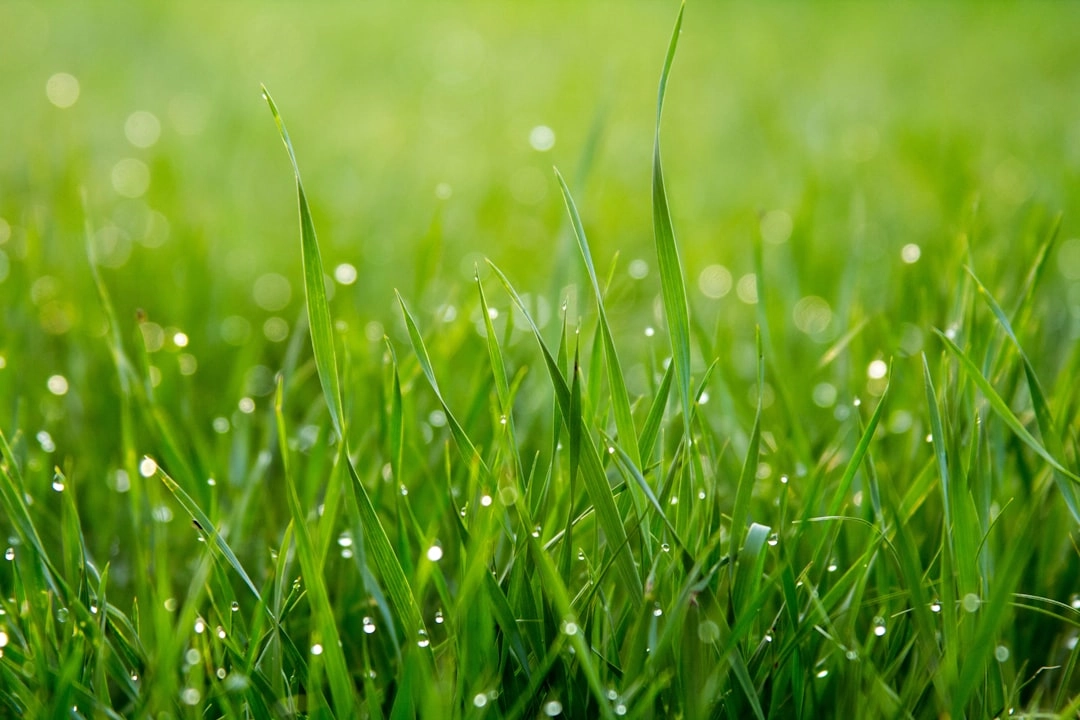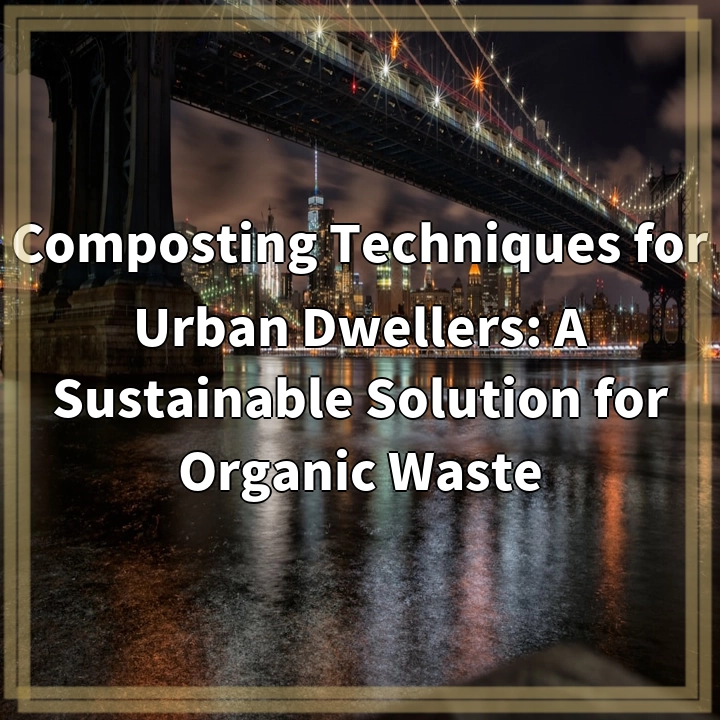
What it is:
Green initiatives in high-rise building construction focus on implementing sustainable practices and technologies to minimize the environmental impact of these structures. It involves designing, constructing, and operating tall buildings in ways that reduce energy consumption, conserve resources, and promote a healthier and more livable environment.
Real-world problems:
Despite the growing interest in sustainability, high-rise building construction still faces several challenges in achieving green initiatives. These challenges include:
1. Energy consumption:
High-rise buildings consume substantial amounts of energy for heating, cooling, lighting, and other activities. The energy demand often leads to increased greenhouse gas emissions and puts a strain on local energy grids. Finding efficient and renewable energy sources is crucial to reduce the carbon footprint of tall structures.
2. Waste management:
The construction and operation of high-rise buildings generate significant amounts of waste, including construction debris, packaging materials, and occupant-generated waste. Proper waste management strategies and recycling programs should be implemented to minimize the environmental impact and promote a circular economy.
3. Water consumption:
High-rise buildings require substantial amounts of water for various purposes, such as plumbing, sanitation, and landscaping. Water scarcity in many regions highlights the importance of implementing water-efficient technologies, such as low-flow fixtures, graywater recycling systems, and rainwater harvesting methods.
4. Indoor air quality:
Due to their enclosed nature, high-rise buildings face challenges related to indoor air quality. Poor ventilation, off-gassing from building materials, and the accumulation of pollutants can lead to adverse health effects for occupants. Implementing proper air filtration systems, using low VOC materials, and promoting natural ventilation can help improve indoor air quality.
5. Urban heat island effect:
The construction of high-rise buildings contributes to the urban heat island effect, where cities experience higher temperatures due to the absorption and retention of heat by concrete and asphalt. Implementing cool roof technologies, green roofs, and incorporating more green spaces can help reduce this effect and create a more comfortable and sustainable urban environment.

Solutions to Green Initiatives in High-Rise Building Construction:
1. Energy-efficient design:
Implementing energy-efficient design strategies, such as incorporating solar panels, efficient insulation, and smart technologies, can significantly reduce energy consumption in high-rise buildings. This includes using high-performance glass for better thermal insulation and implementing automated systems for lighting and HVAC control.
2. Sustainable materials and construction methods:
Choosing sustainable materials, such as recycled or locally sourced materials, can reduce the environmental impact of high-rise building construction. Additionally, adopting construction techniques that minimize waste generation and promote recycling can contribute to more sustainable practices in the industry.
3. Water conservation:
Implementing water-saving measures, such as installing low-flow fixtures, water-efficient irrigation systems, and utilizing graywater recycling methods, can significantly reduce water consumption in high-rise buildings. Educating occupants on water conservation practices and promoting responsible water use can also contribute to overall water conservation efforts.
4. Indoor environmental quality:
Improving the indoor air quality of high-rise buildings can be achieved through proper ventilation systems, the use of low VOC materials, and regular maintenance to reduce pollutants. Incorporating green spaces, implementing daylighting strategies, and promoting access to nature can enhance the overall well-being and comfort of occupants.
5. Green infrastructure integration:
Creating green spaces within and around high-rise buildings can help mitigate the urban heat island effect and improve the overall sustainability of the surrounding area. Green roofs, vertical gardens, and the integration of natural elements can provide insulation, reduce energy consumption, and enhance biodiversity.















